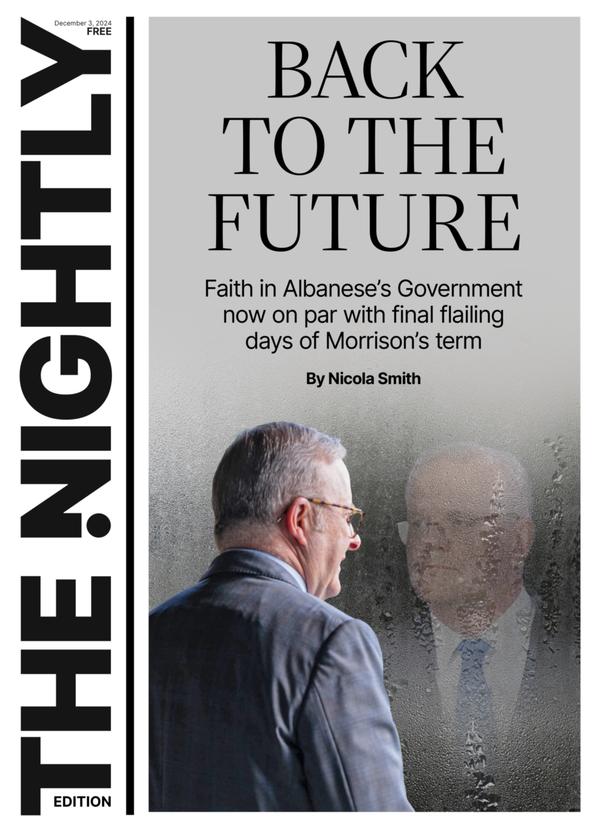Mitchell Johnson: Matthew Wade retirement prompted me to reflect on my own life after cricket
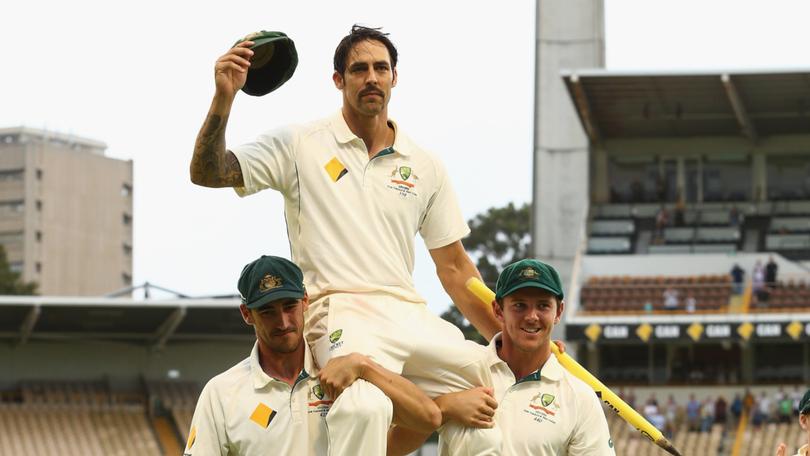
The international retirement of Matty Wade this week got me thinking not just about his career, but about what happens to cricketers when they retire.
Not long ago it was David Warner. And you can already see the different paths they are taking.
Wade is keen to go down the coaching path and has already been involved with Tassie development squads and looks to be getting his chance at the highest level with the national Twenty20 team this month.
Sign up to The Nightly's newsletters.
Get the first look at the digital newspaper, curated daily stories and breaking headlines delivered to your inbox.
By continuing you agree to our Terms and Privacy Policy.Warner is sliding into a TV gig to fit around his Big Bash commitments with Sydney Thunder.
Wadey was a fiery guy and one of those blokes like a Virat Kohli who you want in your side because you know he’s going to back you up in the field with some words or with him buzzing around the stumps.
He was also a guy you didn’t always enjoy coming up against because you knew there would be some niggle but he was certainly entertaining to watch.
He was good with the gloves but it was his batting that really took off, especially in T20 cricket as an opener, and he earned a Test spot for a while as a specialist batsman in the middle order.
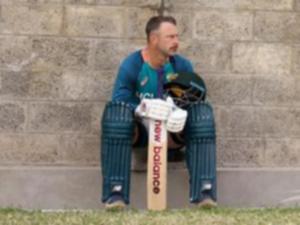
My last game for Perth Scorchers was their first game at Optus Stadium in the semifinal against Hobart Hurricanes in early 2018.
As you can imagine in front of a huge crowd, it was going off that evening and so did Wade opening the batting for the Hurricanes.
He proceeded to flick, cut and pull me all over the outfield in front of family, friends and loyal Scorchers fans. A few words were exchanged I’m sure during his 71 off 45 balls but in the end, Hobart knocked us out and that was that.
There was an opening in the Test team after Brad Haddin hung the gloves up and we saw Pete Nevill get a crack first and he did a great job. Nevill and Wade were like chalk and cheese as characters.
I started playing with Adam Gilchrist behind the pegs near the end of his fine career.
As I sit here writing this thinking about our different wicketkeepers, it reminds me that the respect and relationship between a bowler and keeper is very important.
All the keepers during my time had one thing in common - they kept the team up and about in the field. With Wadey it was with noise and buzzing around the stumps.
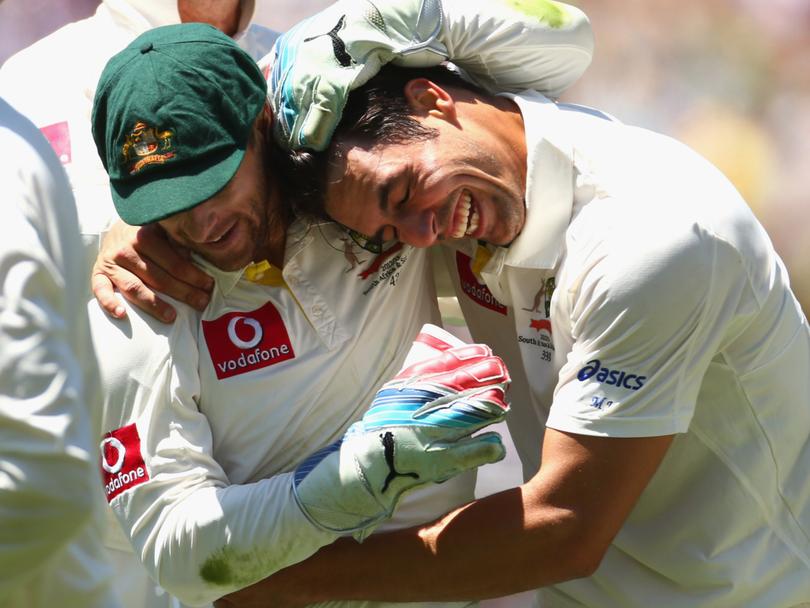
As a batsman, he followed in the style of Gilchrist and then Haddin with the way they went after a bowling attack. It was great to watch when you’re sitting back in the pavilion watching the bowlers get frustrated.
Wade did his job and more. I’m sure the next path of his career in coaching will be valuable and I hope he can instil some of that mongrel, buzz and chatter but also pass on his knowledge and skills.
When I get asked ‘how’s retirement?’ I find it a strange question because I’m not that old.
The cricket retirement age seems to have extended a bit in recent times. David Warner played Test cricket until 37, Usman Khawaja will be 38 next month and is still going strong and Jimmy Anderson went until just shy of 42 and still had to be pushed out. The lucrative T20 circuit has extended careers as well.
We will see retirements from the Test team over the next 12-18 months and potentially even one or two at the end of this summer.
What do cricketers do after their careers are over? Everyone is different. Players have had different lengths of time at the top level and different earnings, which impacts their cricket after life.
I’ve done a mix of things, including columns for The Sunday Times and The Nightly and some radio work which has kept me involved in cricket.
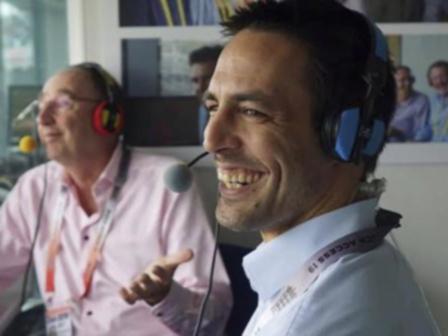
People seem to be interested in the highs and lows of my career so I’ve been fortunate to do some mentoring and speaking work, including travelling to mine sites up north and other corporate speaking jobs.
I recently saw fellow former quick James Pattinson was working as a builder back in Victoria. Everyone has their own path.
The mental health side of retiring can be significant. I remember thinking that I had everything in place for when I retired. But the thing that got me was the lost routine of day-in, day-out being told where to go and what to do.
I guess looking back the life of a professional cricketer is very regimented, and that routine was so important that I didn’t realise that would be the thing I needed until I was out.
As bad as this will sound, I couldn’t organise my daily schedule for a long time because it had been basically done for me since I was 18 and started playing for Queensland.
With all this in mind, I think players who get into something almost straight away or have a plan of getting into something specific, definitely give themselves the best chance of thriving when they transition out of playing cricket.
